A book to read: Eliza Waite by Ashley E. Sweeney
Eliza Waite is a historical fiction tale begins on Cypress Island, one of the clumps of land in the Salish Sea in the northwest corner of Washington State. Eliza isn’t having a particularly good time on the island. Everyone including her terrible husband and lovely son are dead from a small pox epidemic. Eliza is alone with the rain, the Douglas fir trees, and whatever the tide brings in.
But she is free.
Freedom has a price, she thinks, and that price is courage and uncertainty.
The thought empowers her.
For the first time in my twenty-eight years, I am free to make a decision on my own, unshackled from any man.
I am always in the mood to read about women being free to make their own decisions.
Eliza rows away from Cypress Island, towards Whatcom, Seattle, and then north to the Klondike. Once in Alaska, she carves out a little space for herself in Skagway amid the Gold Rush.
The novel is delightfully atmospheric and meticulously researched, making it one of those books that you just sink into, as if you are there right next to Eliza. Author Ashley E Sweeney has published two more books since Eliza Waite, and I’m anxious to get my hands on both of them.
A place to explore: The San Juan Islands
Reading Eliza Waite will not exactly make you want to visit the San Juan islands, with it’s loneliness, smallpox graves, starvation, and damp clothing.
But don’t worry! That was 100 years ago. Nowadays, you definitely want to visit the San Juans. My family and I have been a few times and I’m always wanting to go back. There are other islands closer home, but there is something special about the slightly more remote islands up north.
If you are considering a trip, check out Maddy’s Substack:
Hopefully, I can be more like Maddy, kayaking in bioluminescence and hiking to waterfalls on my next trip. Maybe I can even kayak to Eliza Waite’s Cypress Island. The ferry doesn’t stop there, but there are some homes and a campground on the little island.
So far, our family adventures to the islands have been pretty low key.
San Juan travel starts with an hour long drive up to Anacortes and then a GORGEOUS hour-long ferry ride. If you go, you’ll definitely want to make ferry reservations here so you don’t wait in the ferry line.
A few years ago we stayed on Orcas Island. We stayed in a cabin on the hippie community of Doe Bay, hiked around Mt. Constitution, and went swimming at Lake Moran State Park. Last year, when camping on San Juan Island, we attempted to spot whales at Lime Kiln State Park (we saw a porpoise? maybe?), swam and checked out the sunset at San Juan County Park (pieces of Practical Magic were filmed here!), and visited the harbor towns. Hopefully this year we can get to Lopez Island.




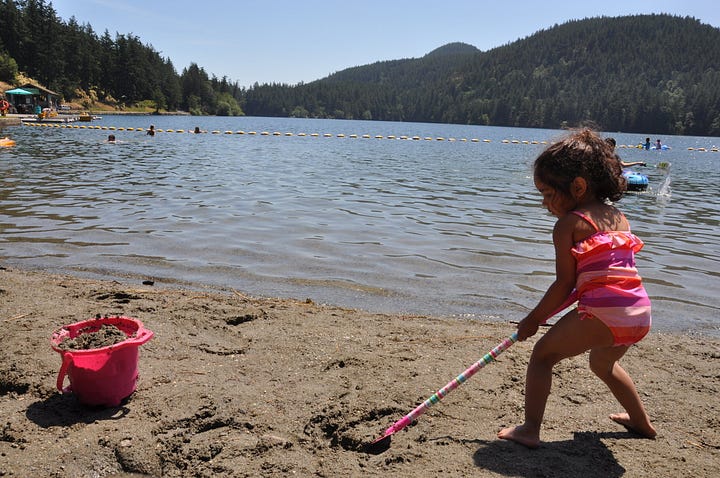
But the real reason for the San Juan trip was to visit the English Camp and site of the Pig Wars.
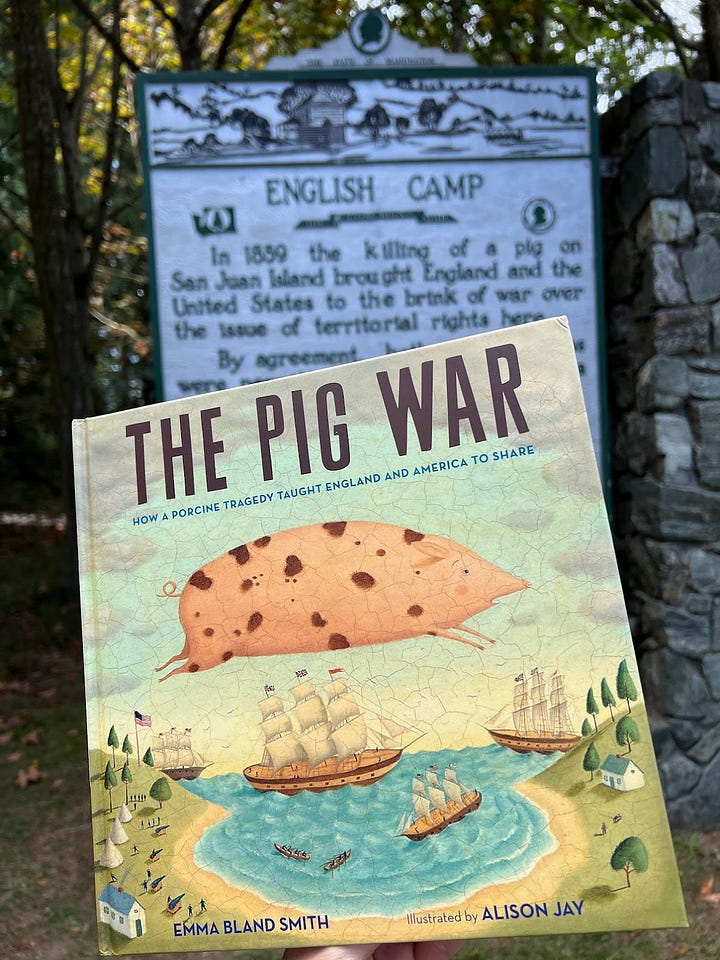
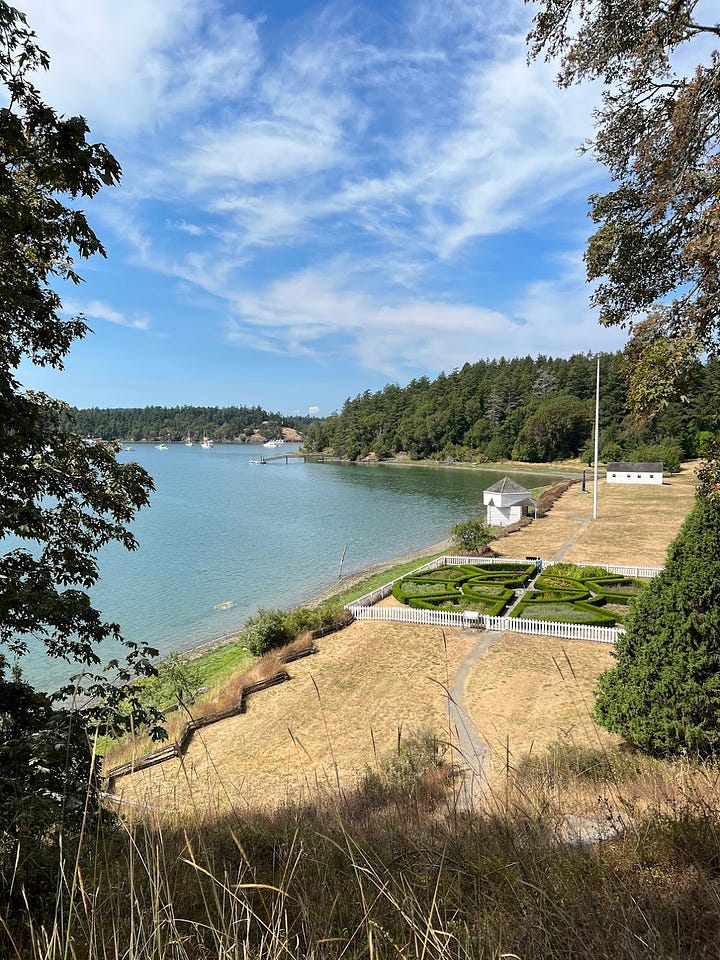
My kids and I love Emma Bland Smith and Alison Jay’s picture book depicting the almost-war, and we were excited to check out the site. In 1859, the British and the USA both claimed ownership over the San Juan Islands, as they were located in the nebulous space between America and Canada. When an American farmer shot a pig owned by an Irishman employed by the British, a Cold-War style confrontation played out, with a series of threats and military escalations between the USA and Britain. Cooler heads prevailed and everyone (excepting the pig) came out of the situation unscathed.
A lesson to teach: Picture books!
I’ve never taught US history or Washington State history, so I don’t have any Pig Wars lesson plans to share. Sorry ‘bout that. If I ever do teach about the Pig Wars, I’d surely start with the picture book. Actually, whenever I have to teach anything, I like to start with a picture book.
This is why two of my fellow picture-book aficionados, Darren Guido (Supervisor of Instruction in Queen Anne’s County Public Schools) and Brianne Pitts (an Assistant Professor at Western Michigan University), and I spent several hours via zoom writing about the glory of picture books in high school classrooms. We created a framework for using ANY picture book in the classroom:
Feel free to read more about our framework here or check out some lesson plans and book ideas here.

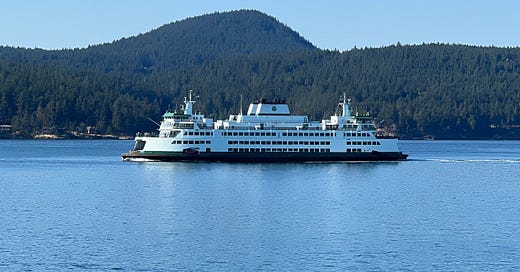

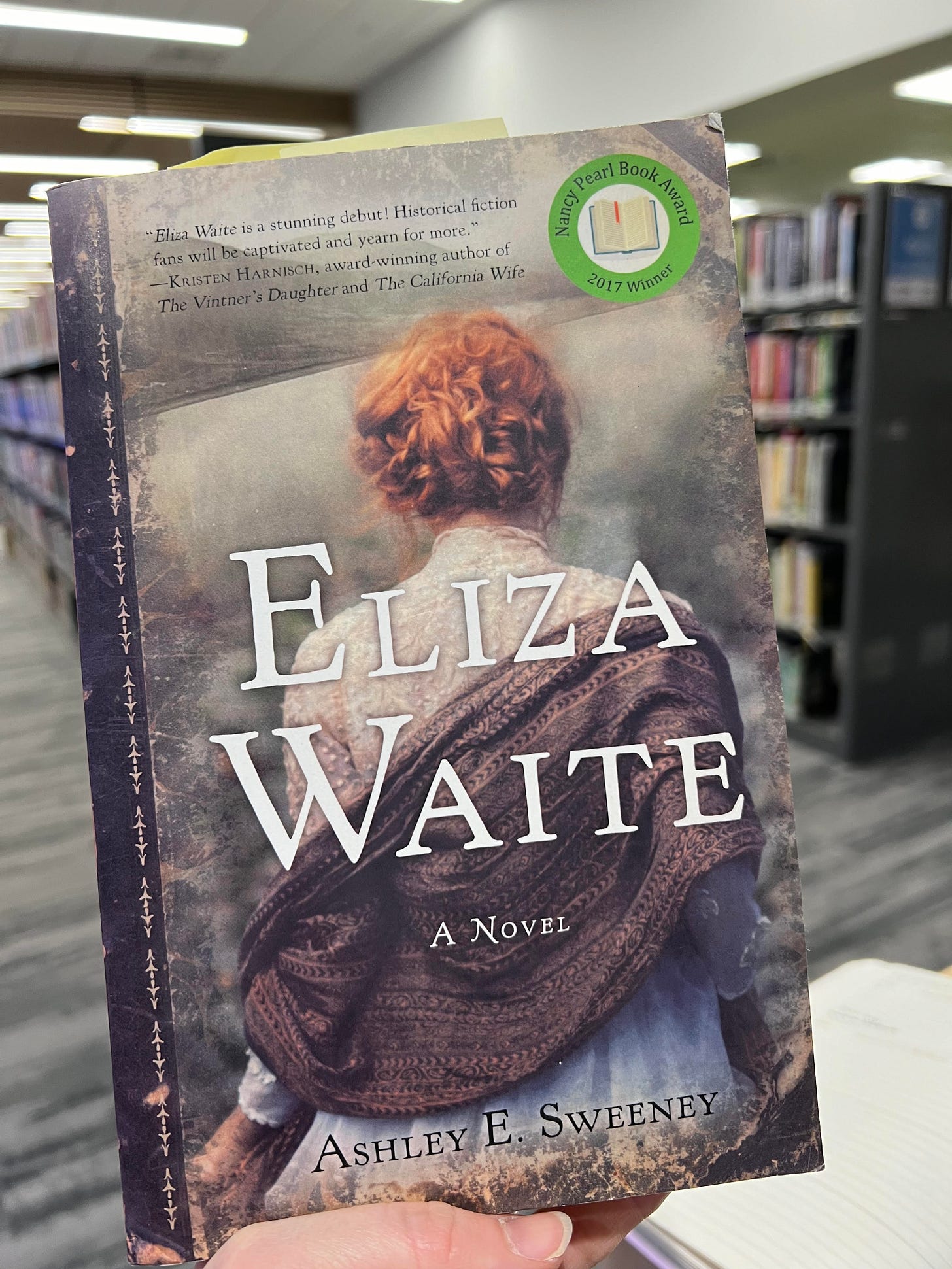



Not a history teacher, but your post was incredibly informative and fascinating. What great stories, so vividly told. Thanks for this.❤️
I love this framework! As an Elementary teacher, picture books are a staple. Unfortunately, they are used less as kids get older. I’m happy to see that you use them with high school students.